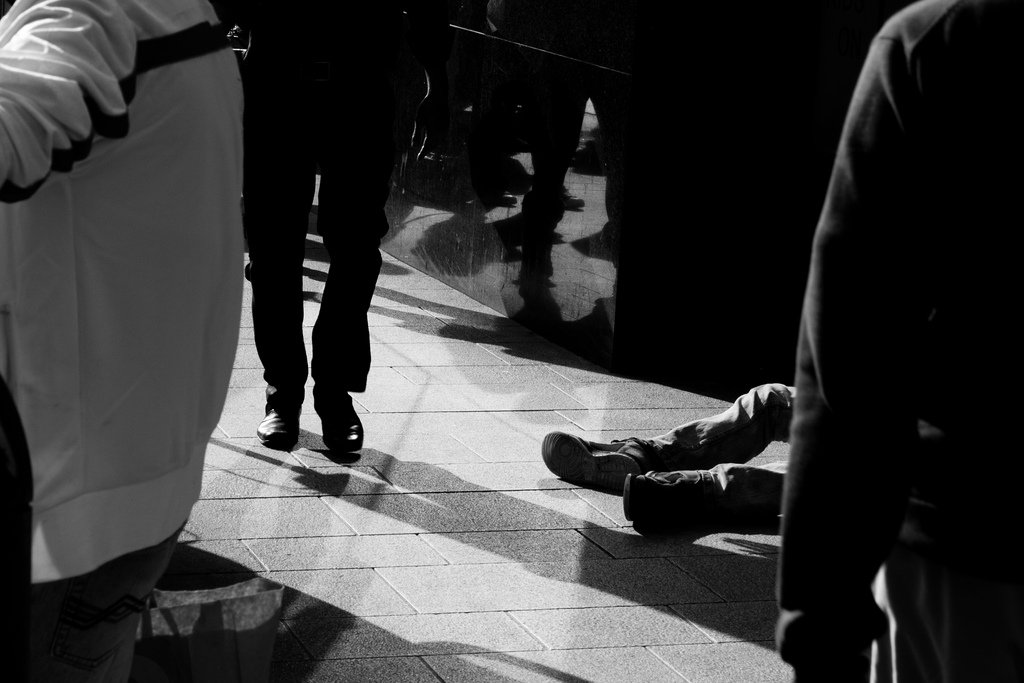
You’re walking down the street. You’re in a hurry to get to work or home to your family when you see a teenager, dirty, covered in old clothes, huddled in a corner. You keep walking, or maybe you stop and give that teen some change or buy them a hot meal. Eventually, though, you arrive at your destination and the memory of that homeless teenager becomes blurry. Homelessness among American youth is something of an epidemic, yet if you’ve found yourself in this situation, you know just how often it’s swept under the societal rug.
The Facts
According to the National Conference of State Legislatures and the National Runaway Switchboard, on any given night, around 1.3 million kids are living on the streets, in abandoned buildings, with friends or with strangers. According to the U.S. Department for Housing and Development’s (HUD) 2014 Point-in-Time Report, 34% of the total homeless population is under 24.
Homeless kids and runaways often report abuse as the main reason behind their decision to leave home; 46% reported physical abuse at home, 38% reported emotional abuse and 17% reported some sort of sexual abuse at the hands of a family or household member. Dosomething.org reports that approximately 40% of homeless youths identify as gay, lesbian, bisexual or transgender. Almost half of these claimed that rejection of their sexual orientation led to their leaving home.
The future for these kids is often bleak. A report prepared by the U.S. Department of Health and Services showed that 21 to 40% of homeless youths had been sexually abused (compared to one to three per cent of the general population). Eighty percent of homeless kids (aged 12 to 21) use alcohol or drugs to self-medicate and HIV rates for homeless people are three to nine times higher than in other U.S. samples.
Homelessness and Policy

Image Credit: Eyesplash
While there are some policies in place at both the state and federal levels meant to combat youth homelessness, the National Conference of State Legislatures highlights areas for improvement. These include increased focus on early prevention, intervention and research, independent housing options and better support systems for kids who have aged out of foster care or have recently been released from juvenile correction. There is a desperate need for more support, such as counselling and family reunification services and programs that offer training and affordable housing for those currently on the streets.
Homelessness and Community
While it can be frustrating waiting for big policy changes, there are initiatives and institutions throughout America that have made it their mission to combat teenage homelessness. Yet, these operations rely heavily on community engagement and involvement, from fundraising to advocacy, to volunteers, to donations—if members of the community are unwilling to see, really see, teenage homelessness in America and do something about it, the problem will only worsen.
Look into the existing initiatives in your own community and get involved; if there aren’t any, maybe it’s time to create one. So many teens on the street are totally lacking a support system and community is key to pulling them out of the cycle of homelessness. Everyone needs a network of people who care, particularly our nation’s youth.
Feature Image: Paolo Trabattoni


